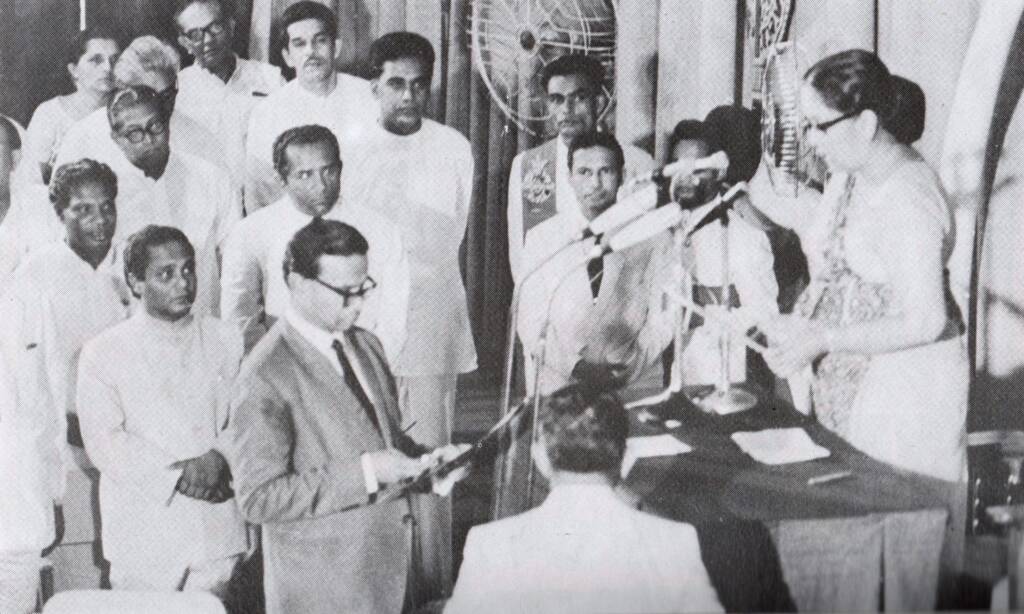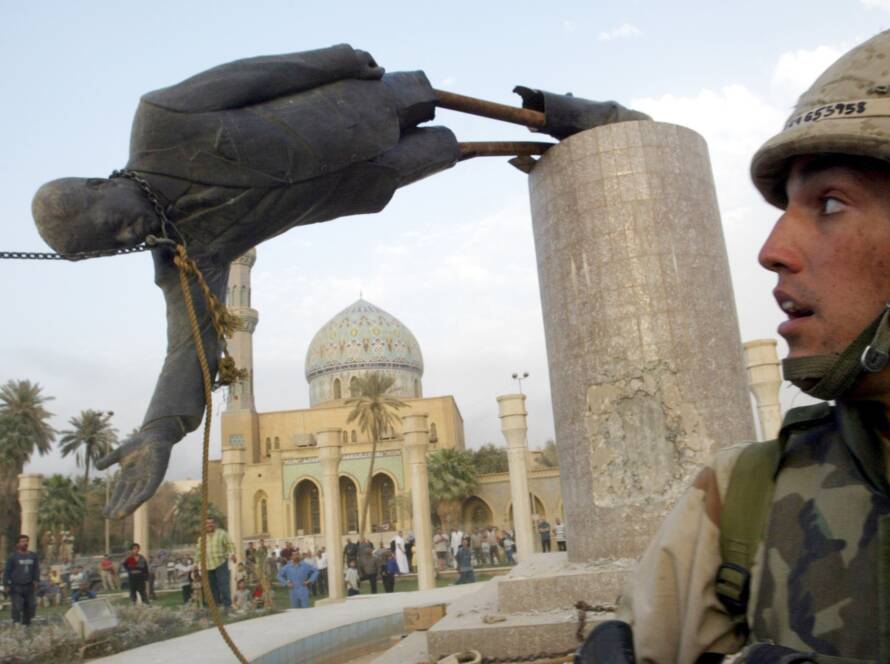
By Chandani Kirinde
In an article published in the Ceylon Daily News of Monday, May 22, 1972, titled “The making of the Constitution”, Dr Colvin R. de Silva, Minister of Constitutional Affairs, wrote the following words.
“Today, Ceylon will once more become to the world what she has always been to her people: Sri Lanka. Today the people of Sri Lanka, asserting their freedom, sovereignty, and independence, as a nation, will finally and totally sever the link between Ceylon and the British Crown by setting up the new Republic of Sri Lanka.”
The day marked the culmination of 22 months of deliberations by the Constituent Assembly, set up in July 1970 by the United Front (UF) Government and led by Sirimavo Bandaranaike to draft a new Constitution for the country, put the curtain down on Dominion Status, and end decades of colonial Constitutional rule.
De Silva, the guiding hand behind the Constitution drafting process, called it a “truly a home-grown product”, with whose enactment Sri Lankans would sever connections with the monarchical system of government for the first time in their recorded history.
For the UF government, the day marked the fulfilment of its election pledge: to enact a new Constitution once in power. In its 1970 manifesto, the alliance had sought a mandate from the people to convert the elected parliament into a Constituent Assembly and draft a new Republican Constitution.
Having secured a convincing victory at the May 1970 general election, Mrs Bandaranaike’s government set about with gusto to deliver on their pledge. However, the Constitution making process was far from unanimous from its inception. When the new Constitution was put to a vote in the Constituent Assembly on May 22, 1972, it was adopted with 119 voting for and 16 against it.
The main opposition United National Party (UNP) had participated in the deliberations of the Constituent Assembly, but had decided later on to vote against the new Constitution. The leader of the UNP Dudley Senanayake explained the reasons behind his party’s decision.
“The government has manifestly shown by it acts and attitudes that it is unconcerned with the views and wishes of the people even in so fundamental a matter as a new Constitution and that it is determined to drive its parochial, political attitudes and policies down the throat of the people merely by using its majority and without even giving the people a fair opportunity to express their views freely in a climate conducive to free debate and discussion.”
The Federal Party (FP), which represented the interests of most Tamil speaking people, had boycotted the sessions of the Constituent Assembly some weeks after its setting up, after its proposal for parity of status for Sinhala and Tamil was rejected. It stayed away on the day the new Constitution was adopted.
The 1972 Constitution did not augur well for minorities, and deepened the divide along communal lines in the country. In his book A History of Sri Lanka, K. M. de Silva notes the following.
“Although an undercurrent of hostility to the Tamils, indigenous and Indian, was discernible from the onset (since victory of UF coalition in 1970), the adoption of the 1972 Constitution was the critical starting point of a new phase in communal antagonism on the island, especially in regard to relations between the Sinhalese and the indigenous Tamils.”
The two main points of contention were language rights and religion. Chapter II of the 1972 Constitution laid down that the “Republic of Sri Lanka shall give to Buddhism the foremost place and accordingly it shall be the duty of the state to protect and foster Buddhism” while assuring rights to other religions, and Sinhala was recognised as the state language.
On the day the new Constitution came into force, Stanley Tillakaratne, who functioned as the President of the Constituent Assembly, signed the certificate, bringing the new Constitution into force at 12.43 pm. A few minutes later Mrs Bandaranaike was sworn in as the first Prime Minister of Sri Lanka, while William Goppallawa, the last Governor General, was appointed as the first President.
For Sirimavo Bandaranaike, it was a bittersweet moment, as it was the realisation of an idea floated by her late husband, S. W. R. D. Bandaranaike, who had as Prime Minister introduced a resolution to the House of Representatives, in April 1957, to set up a special committee on Constitutional reforms, which would give the country a Charter of Fundamental Rights and make it a republic. As Maureen Seneviratne writes in her biography The World’s First Woman Prime Minister,
“It was a dream her husband had long cherished, and it gave her a peculiar and very special pride to accomplish this much desired objective.”
Despite much opposition, the birth of the Republic of Sri Lanka was hailed by the masses. It was a historic day on which Sri Lanka not only severed ties with the British Crown, but also ended nearly 2,500 years of rule by monarchy. As Dr Colvin R. de Silva observed,
“The task of the Republic of Sri Lanka has set itself by Constitution is to realise the objectives of a socialist democracy including the fundamental rights and freedoms of its citizens. The aim is noble, the road to the realisation of the aim will be arduous but there can be no doubt that the wide mass of the people of Sri Lanka cherish the aim as being the means of their advancement.”
Five decades on, however, Sri Lankans are yet to realise many of the lofty goals the country set for itself when it became a republic in 1972.
Chandani Kirinde is a senior political and history columnist and a long-serving parliamentary correspondent in Sri Lanka. She can be reached via chandani.kirinde2016@gmail.com.
Factum is an Asia Pacific-focused think tank on International Relations, Tech Cooperation, and Strategic Communications accessible via www.factum.lk.
The views expressed here are the author’s own and do not necessarily reflect the organization’s.


